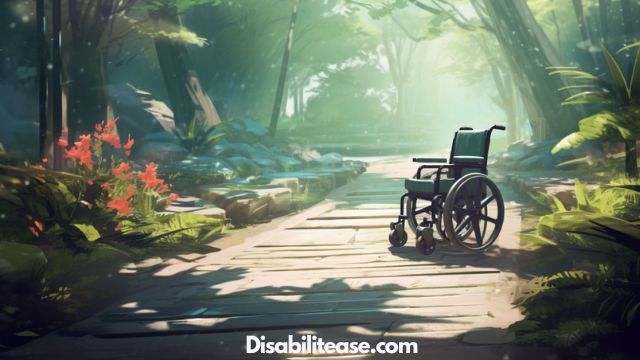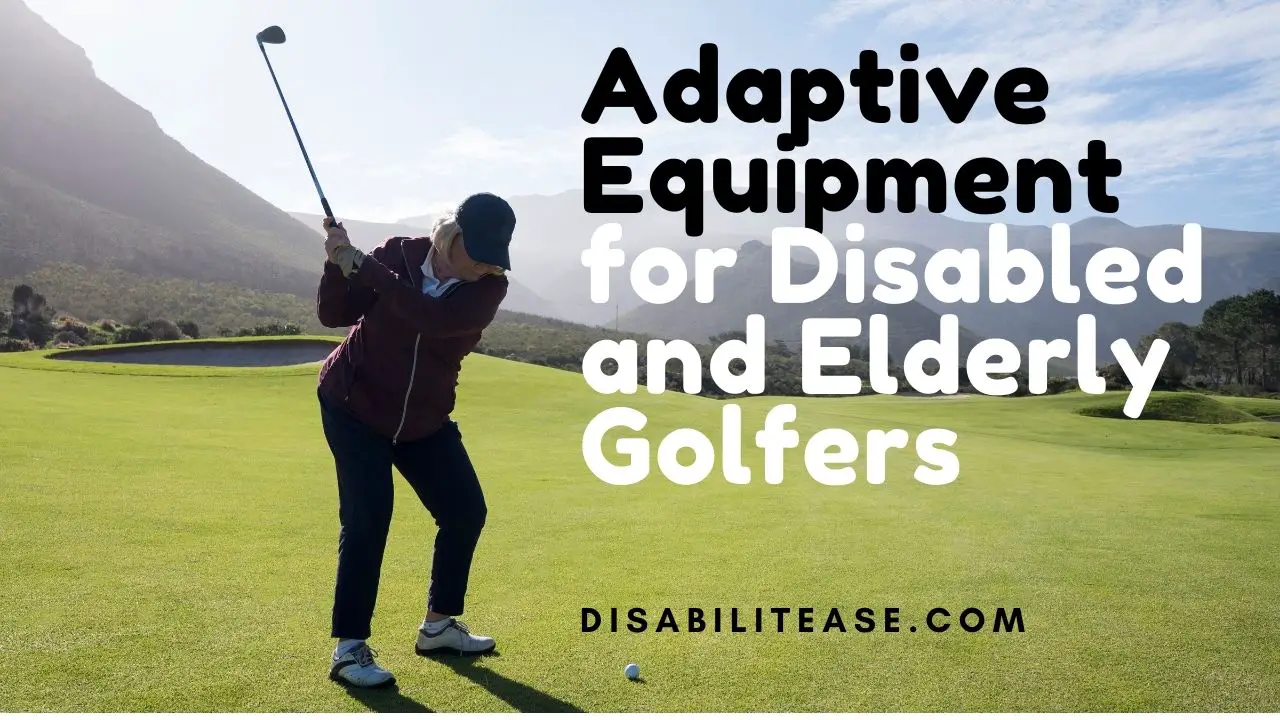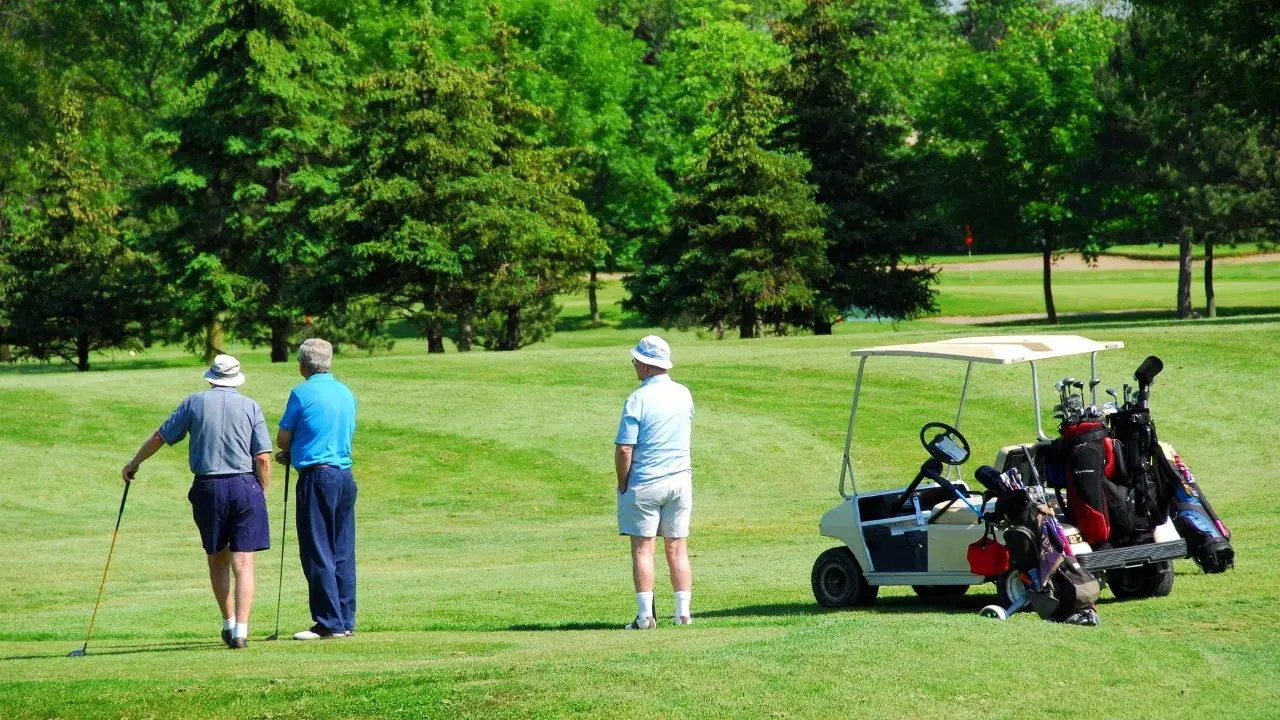Living with a disability can be challenging, especially when it comes to accessing public spaces. It’s important for us to ensure that everyone is able to safely and comfortably move around in these places.

Table of Contents
How to make public spaces more accessible for disabled individuals.
In this article, we’ll discuss some ways we can do this. We’ll look at how removing physical barriers, providing accessible services, and increasing awareness and education can help make public spaces more inclusive for people of all abilities.
Remove Physical Barriers
Removing physical barriers makes public spaces more accessible and welcoming for everyone, especially those with disabilities – let’s make it happen!
To ensure compliance with accessibility regulations, the first step is to evaluate the space. Are there steps that can be modified or replaced with ramps? Is there enough room between furniture and walls for wheelchairs to maneuver easily? Can items be moved out of aisles so they’re not obstructions?
Additionally, installing accessible signage is essential to ensuring all individuals feel comfortable navigating these spaces. Signs should include braille as well as symbols or words that indicate what type of restroom or elevator is nearby. Clear pathways should also be designated in order to help guide people through the area without confusion.
Public spaces have a huge impact on how individuals interact with their society; therefore, creating an inclusive environment should be our top priority. Making sure all spaces are free from physical barriers will open up opportunities for disabled individuals to participate in activities they may have been unable to enjoy previously due to lack of access.
By working together, we can create more enjoyable experiences for everyone by removing unnecessary obstacles and providing helpful guidance along the way.
Provide Accessible Services
Providing services that are accessible to disabled individuals is essential for creating equitable public spaces. This means taking into consideration the needs of people with disabilities when developing policies, initiatives, and programs. To ensure that services are truly accessible, it’s important to go beyond simply removing physical barriers and take active steps to support disability-friendly initiatives.
One example of an initiative that supports access is providing wheelchair ramps and elevators in public buildings. This makes it easier for people with limited mobility to get around safely and comfortably. Additionally, offering priority seating or special accommodations on public transportation can make travel a more pleasant experience for disabled individuals.
Another way to make services more accessible is by training staff in disability awareness so they can better understand the needs of their customers. By doing this, businesses can become more inclusive and provide better customer service to those who may be differently abled.
| Develop Inclusive Policies | Support Disability-Friendly Initiatives | |
|---|---|---|
| Wheelchair Ramps | Priority Seating | |
| Elevators in Public Buildings | Special Accommodations | |
| Disability Awareness Training | Customer Service |
Increase Awareness and Education

You can promote accessibility in public spaces and educate the public on disability rights. Encourage inclusive events and activities to help increase awareness and education around disabilities in your community.
By understanding the needs of disabled individuals and making changes to ensure their rights are respected, you can create an environment that’s more accessible for everyone.
Through proactive measures like providing knowledge resources or hosting activities open to all people, you can ensure that all members of your community feel welcome and supported.
Promote Accessibility in Public Spaces
Encouraging accessibility in public spaces can help create a more inclusive environment for disabled individuals. Providing assistive technology, such as wheelchair ramps and elevators, can make it easier for those with limited mobility to access different areas of the space.
Improving signage to show where these technologies are located can also help disabled individuals navigate the area more easily. Additionally, having designated parking spots near entrances is beneficial for those who rely on wheelchairs or other devices.
These improvements can make public spaces more accessible and accommodating for all members of society. Furthermore, providing information about available services and resources that cater to disabled individuals will further increase their overall accessibility within public spaces.
Educate the Public on Disability Rights
Raising awareness about disability rights is essential for creating an inclusive environment in public spaces. An important way to do this is to train people on disability etiquette, such as teaching them how to interact respectfully with disabled individuals and recognize their needs.
Educating the public on accessible infrastructure is also key; knowing which buildings are wheelchair-accessible or have other features that make them more accommodating for those with disabilities is a necessary part of creating a truly accessible space. This can be done through public talks, online education programs, and other initiatives that raise awareness about the importance of accessibility in the community.
By taking these steps, it will become easier for disabled individuals to access public spaces and enjoy all the benefits they provide.
Encourage Inclusive Events and Activities
Experience the joy of creating an inclusive environment by planning events and activities that are accessible to all. This can be achieved through a variety of empowerment initiatives, such as promoting awareness, educating participants about disability rights, and offering training for staff and volunteers on how to make events more accessible.
Engaging communities is also important in creating an inclusive environment. Connecting with disabled individuals to provide feedback on event planning and inviting disabled organizations to collaborate in hosting events can go a long way in ensuring that events are accessible to all.
By taking these steps, organizers can create meaningful experiences that will engage both the disabled and non-disabled communities. This will empower those who have traditionally been excluded from participating in public spaces while also providing an opportunity for everyone to come together and share common interests.
Conclusion
You can make public spaces more accessible for disabled individuals by removing physical barriers, providing accessible services, and increasing awareness and education.
Through these measures, we can create a society that values inclusivity and ensures everyone has the same opportunities to participate in public life.
We must all take action to ensure that our shared public spaces are fully accessible for people with disabilities. It’s up to us to eliminate obstacles so that everyone can access the resources they need without fear of discrimination or exclusion.
By working together, we can create an inclusive world where no one is left behind.

Hi, my name is Eddie, I am a professional trainer specializing in the elderly population and I’m also a website designer. I love training in the gym, going to the beach, traveling, and having good food.
I combined my love for sport and website designing to make “DisabilitEase” whose purpose is to help elderly and disabled people live a more full and active life, have more fun, and enjoy their unique journey despite any disability.



